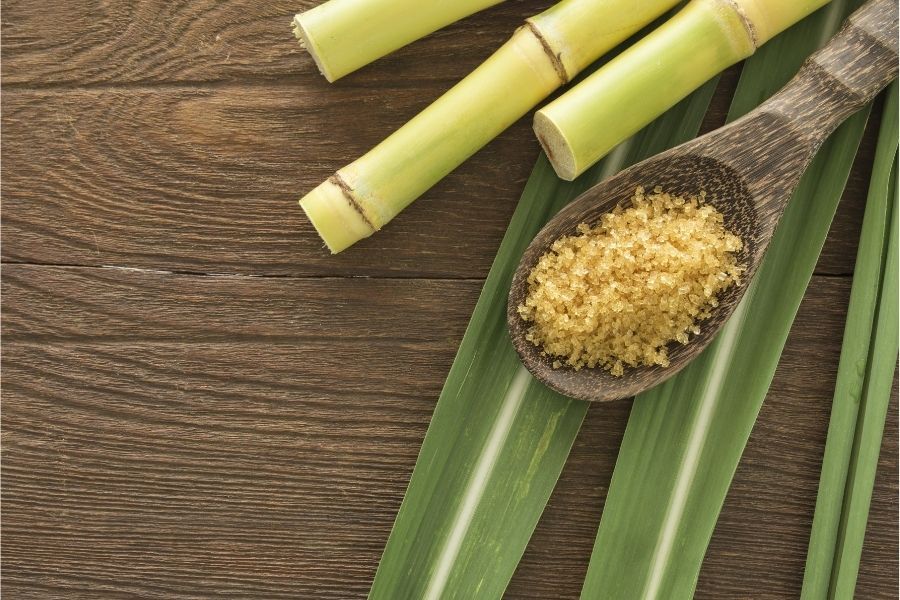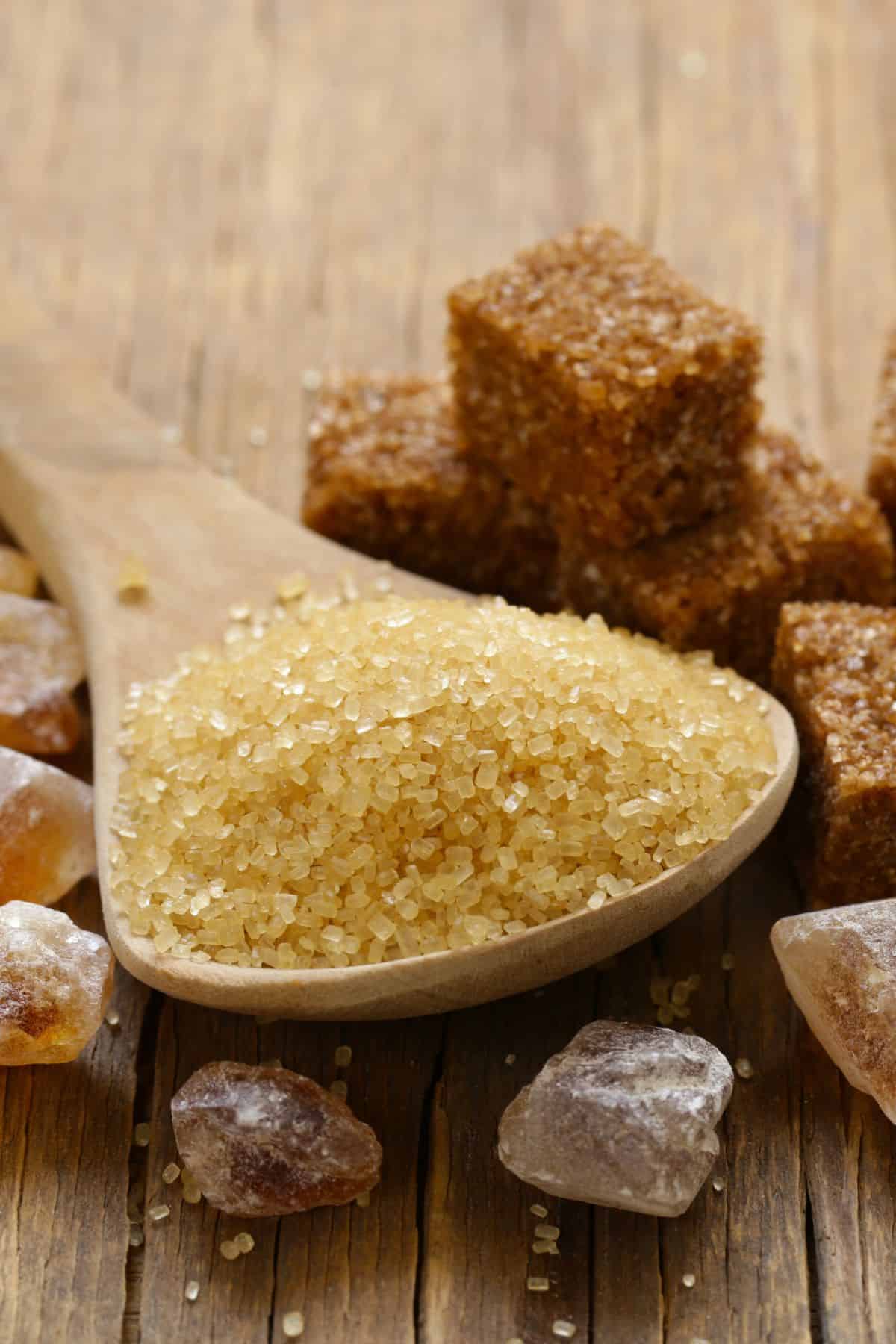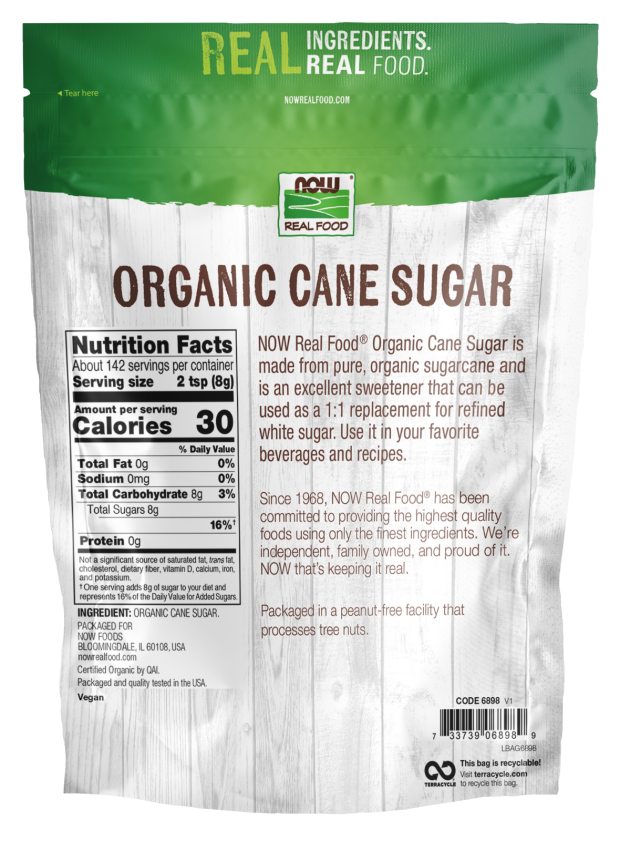The Science Behind Cane Sugar Processing: Exactly How Sweet Taste is Refined
The Science Behind Cane Sugar Processing: Exactly How Sweet Taste is Refined
Blog Article
Discovering the Comprehensive Tips Included in Cane Sugar Processing From Harvesting to Improvement
The process of walking stick sugar manufacturing includes a series of intricate actions, beginning with the cautious harvesting of sugarcane and culminating in the refinement stages that guarantee the end product meets industry standards. Each phase, from the removal of juice to the purification and crystallization processes, plays a critical function in determining the high quality and personality of the sugar. Understanding these phases not just highlights the complexity of sugar manufacturing yet also increases essential concerns regarding performance, sustainability, and innovation in the industry. What ramifications do these elements have for future techniques?
Gathering Sugarcane
Harvesting sugarcane is a vital action in the walking cane sugar processing chain, as it directly affects the high quality and yield of the end product. Correct timing and strategies are important throughout this phase to ensure ideal sugar web content and decrease losses. Usually, sugarcane is harvested when it gets to maturity, typically 12 to 18 months after growing, defined by a high sucrose focus.

Post-harvest, the sugarcane has to be processed promptly to avoid sucrose deterioration. Preferably, harvested walking stick should be delivered to processing facilities within 24 hr to maintain sugar high quality. For that reason, reliable logistical preparation is important to preserve the integrity of the harvested plant throughout the supply chain.
Removal Refine

The crushed walking stick is subjected to a series of pushing procedures to maximize juice healing. Normally, warm water is sprayed onto the smashed walking cane, developing a countercurrent circulation that aids dissolve the sugar while additionally helping in the removal procedure. The juice collected from this operation has not just sugar yet also different natural compounds and impurities.

To enhance extraction efficiency, some facilities might employ diffusion methods, where the sugarcane is soaked in hot water, allowing the soluble sugars to diffuse into the fluid. The resulting juice, abundant in sucrose, is then guided to subsequent processing stages, laying the foundation for purification and improvement. The removal procedure is thus critical in identifying the quality and yield of the last sugar item.
Filtration Techniques
The filtration strategies utilized in walking stick sugar processing are vital for transforming the raw juice into a top notch sugar item. These methods mainly intend to remove contaminations, such as dirt, plant products, and inorganic materials, which can adversely affect the end product's taste and shade.
Among one of the most common purification strategies is explanation. This process entails adding lime and heat to the raw juice, which helps with the coagulation of pollutants. The resulting precipitate is then gotten rid of with sedimentation or purification, yielding a more clear juice. Furthermore, making use of phosphoric acid can improve the clarification procedure by additional binding impurities.
An additional significant technique is carbonatation, where carbon dioxide is presented to the made clear juice. This response produces calcium carbonate, which catches remaining contaminations and promotes their removal.
Additionally, turned on carbon treatment may be related to adsorb any staying colorants and organic contaminations, guaranteeing a more refined product. The mix of these approaches properly prepares the sugar juice for succeeding action in the refining procedure, establishing the phase for the manufacturing of high-grade cane sugar.
Formation Techniques
After the filtration phase, linked here the next critical action in walking cane sugar handling entails condensation approaches, which play a critical duty in changing the cleared up juice right into solid sugar. This procedure usually employs 2 primary approaches: spontaneous formation and regulated formation.
In spontaneous formation, supersaturated sugar options are permitted to cool naturally, leading to the development of sugar crystals over time. This method allows for the consistent development of sugar crystals and higher purity.
Throughout formation, the clarified juice is concentrated with dissipation, boosting its sugar web content till it reaches supersaturation. As soon as this point is attained, either technique can promote the crystallization procedure. Cane Sugar Processing. The resultant sugar crystals are after that separated from the continuing to be syrup through centrifugation
Ultimately, the choice of condensation method influences the high quality, dimension, and pureness of the final sugar product, making this action vital in the general walking stick sugar processing procedure.
Refinement and Product Packaging
Just how can the pureness and high quality of walking cane sugar be better boosted after formation? The improvement process plays a crucial duty in achieving high-grade walking cane sugar. Following formation, sugar undertakes a thorough cleaning to eliminate pollutants and residual molasses. This is commonly completed making use of warm water or vapor, which aids liquify and remove undesirable elements while protecting the sugar crystals.
Following, the sugar undergoes a procedure called centrifugation, where it is rotated at high speeds to divide the purified sugar crystals from the continuing to be fluid. After centrifugation, the sugar is frequently additional improved with a technique called carbonization or phosphatation, which utilizes activated carbon or phosphoric acid to remove shade and off-flavors.
As soon as refined, the sugar is dried out to accomplish the wanted dampness material, guaranteeing that it remains secure during storage space and transport. The last step entails product packaging the polished sugar in impermeable and moisture-proof containers to maintain its high quality and stop contamination. Cane Sugar Processing. Appropriate product packaging not just prolongs service life however also promotes simple handling and circulation, guaranteeing that customers get sugar that satisfies the highest standards of purity and top you can try this out quality
Conclusion
The comprehensive actions associated with cane click here to find out more sugar handling, from the meticulous harvesting of sugarcane to the complex refinement and packaging stages, underscore the importance of each phase in ensuring premium sugar manufacturing. Optimal harvesting strategies, effective removal approaches, and extensive purification processes jointly add to the end product's pureness and security. The condensation and subsequent product packaging methods even more improve the stability and service life of the sugar, highlighting the intricacy and accuracy intrinsic in this essential farming industry.
The procedure of walking cane sugar manufacturing encompasses a collection of complex steps, starting with the careful harvesting of sugarcane and culminating in the improvement stages that make sure the final product satisfies sector standards. Preferably, harvested walking stick should be carried to refining facilities within 24 hours to maintain sugar top quality.In spontaneous condensation, supersaturated sugar solutions are permitted to cool naturally, leading to the development of sugar crystals over time - Cane Sugar Processing. The refinement procedure plays a vital duty in attaining premium walking cane sugar.The thorough steps involved in cane sugar handling, from the careful harvesting of sugarcane to the complex improvement and product packaging phases, highlight the relevance of each stage in making certain top quality sugar manufacturing
Report this page